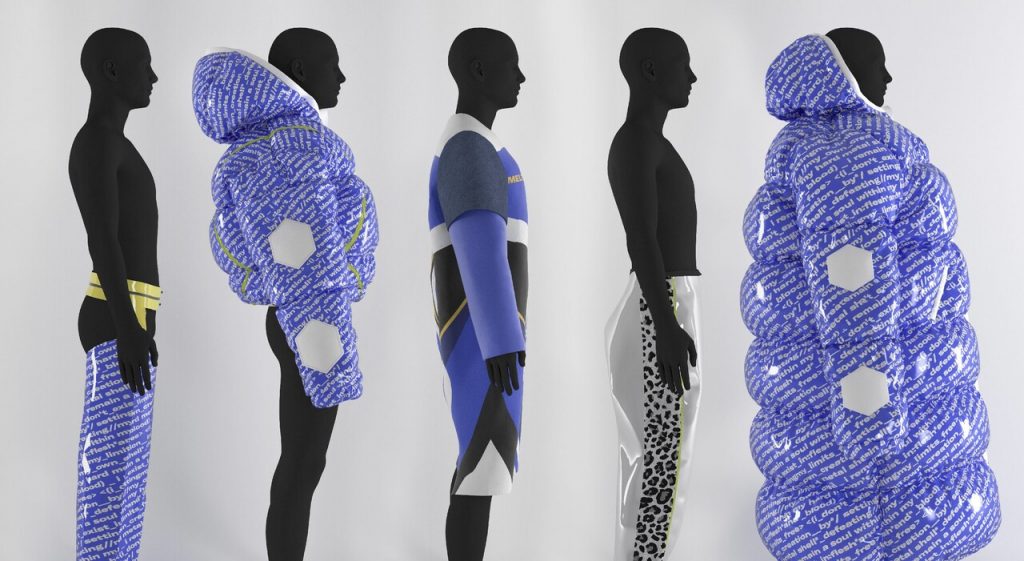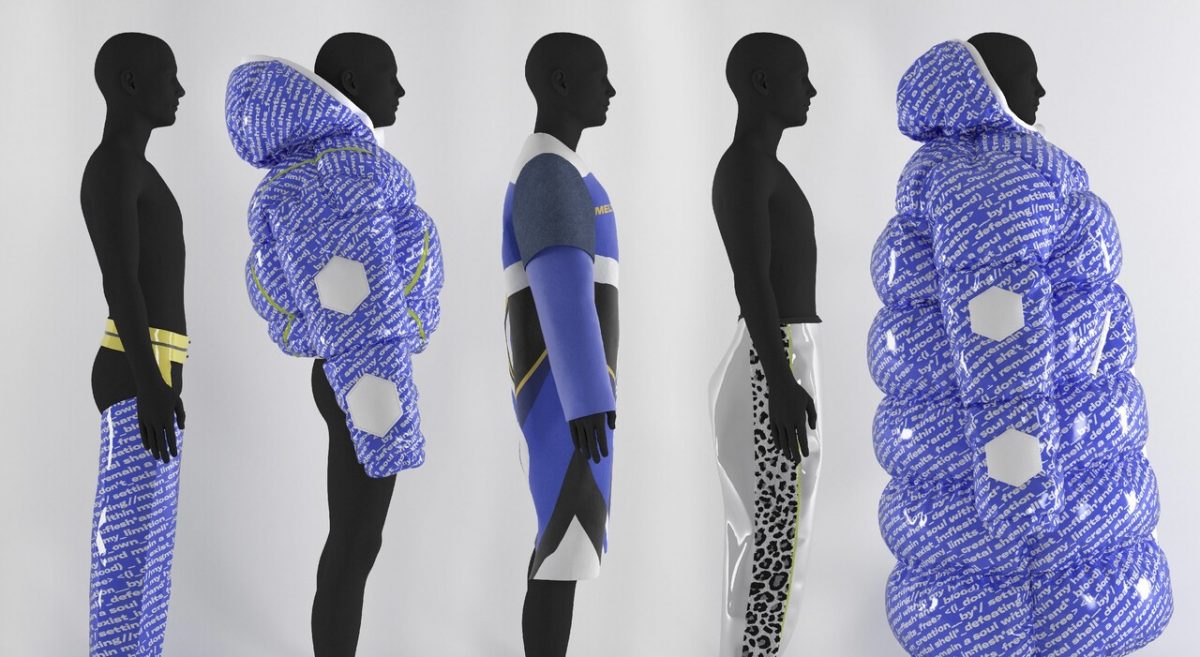Fashion trends are an evolving inspiration and tend to influence deeply both customers and designers. What is more, as discussed in class, the level of personalization is a factor that can contribute highly to a person’s intention to buy. Now it is possible for designers to leverage generative AI systems to assist them in the designing process, while making sure that their work is always aligned with their customers’ needs.
The fashion design process traditionally includes the designer gathering inspiration and illustrating creative ideas on paper. By the time a new clothing piece was launched, a long process of sketching, coloring, prototyping, adjusting, and fitting had taken place. However, AI-driven designing models are said to reduce costs by over 20%, introducing a breakthrough in the fashion industry [3].
Designers gain inspiration from the environment, art, culture and many more aspects of life and they tend to visualize their ideas by using images or even texts. Nonetheless, using the Internet for brainstorming can be quite challenging, since the search engines also return irrelevant results and also designers find it hard to transfer on paper the exact idea living in their minds. Using the appropriate model, all this unstructured raw data of media (image, text, video) can be guided and illustrated, even as sketches, and later be optimized by the personal touch of the respective creator [5]. Besides illustrating the initial idea, it is possible to combine dynamically different colors, patterns or textures in order to experiment with a variety of styles until they make final decisions. Generally, the automatic classification of fashion elements does not require designers to intervene much manually, enhancing productivity overall [1].
This year HAIGEN (Human-AI Collaboration for GENeration) was introduced, a model developed to aid the work of designers, helping them tailor their patterns with the assistance of “sketch-to-image”, “image-to-sketch” and “text-to-image” models (some located locally and others cloud-based). These models can be personalized based on the way of working of each user and offer a private environment that helps boost the creativity of the creators and streamline the whole process [4].
But the power of AI does not stop there. Luxury brands can now create pieces exclusively for their long-lasting customers or public features for marketing purposes. Designers can focus on sewing one-of-a-kind pieces and apply AI suggestions based on body measurements and proportions [2]. Real-time length adjustments and fabric or pattern combinations are also possible, as well as virtual try-ons to ensure that the final product will be fully personalized.

Image1: Wearify: The Intersection of Fashion and Technology: How Generative AI is Changing the Game
I find this use of AI to be particularly innovative. I have tried virtual try-ons in the past and I could really see the potential in them. More specifically, I tried Nike’s virtual representation of sport shoes and outfits, which is not yet close to the level of personalization discussed above, but still proposes a smart way to understand the product better. This is how I visualize designers to also follow the same path in an attempt to bring their ideas into reality and also customize them for their loyal customers.
Not only is the fashion industry already shifting from conventional ways of working, but also customers will soon be able to experience for themselves the benefits technology can achieve. Data-driven solutions for fashion design optimization seem like they could solve fundamental problems designers face, especially when dealing with today’s high demand and lack of inspiration resources. After all, generative AI has proven to be a great ally in creativity!
List of references:
[1] AI Assisted Fashion Design: a review. (2023). IEEE Journals & Magazine | IEEE Xplore. https://ieeexplore.ieee.org/abstract/document/10223039
[2] Gong, W., & Khalid, L. (2021, January 20). Aesthetics, Personalization and Recommendation: A survey on Deep Learning in Fashion. arXiv.org. https://arxiv.org/abs/2101.08301
[3] Harreis, H., Koullias, T., Roberts, R., & Te, K. (2023, March 8). Generative AI: Unlocking the future of fashion. McKinsey & Company. https://www.mckinsey.com/industries/retail/our-insights/generative-ai-unlocking-the-future-of-fashion
[4] Jiang, J., Wu, D., Deng, H., Long, Y., Tang, W., Li, X., Liu, C., Jin, Z., Zhang, W., & Qi, T. (2024). HAIGEN: towards Human-AI Collaboration for facilitating creativity and style generation in fashion design. Proceedings of the ACM on Interactive Mobile Wearable and Ubiquitous Technologies, 8(3), 1–27. https://doi.org/10.1145/3678518
[5] Tsipursky, G. (2023, November 21). Can AI outperform human creativity? Research suggests machines are more capable than we thought. Entrepreneur. https://www.entrepreneur.com/technology/can-ai-outperform-human-creativity-research-suggests/464485
[6] Wearify. (2023, April 3). The Intersection of Fashion and Technology: How Generative AI is Changing the Game. https://www.linkedin.com/pulse/intersection-fashion-technology-how-generative-ai-changing/


This is such a fascinating exploration of how AI is reshaping the fashion industry! I love how you’ve highlighted the balance between creativity and technology. Your point about AI helping designers experiment with colors, patterns, and textures dynamically really shows how it can enhance creativity rather than replace it. Still, do you think there’s a risk of AI reducing the uniqueness or personal touch of designers?
Very informative and interesting blogpost! You have picked a quite niche topic with indeed lots of potential. After reading your article I do believe that AI can revolutionise not only the way we design fashion, but also how we consume it. To provide a point of improvement, I think you could explain more thoroughly how exactly AI is contributing to the 20% reduction in costs, and costs of what exactly.